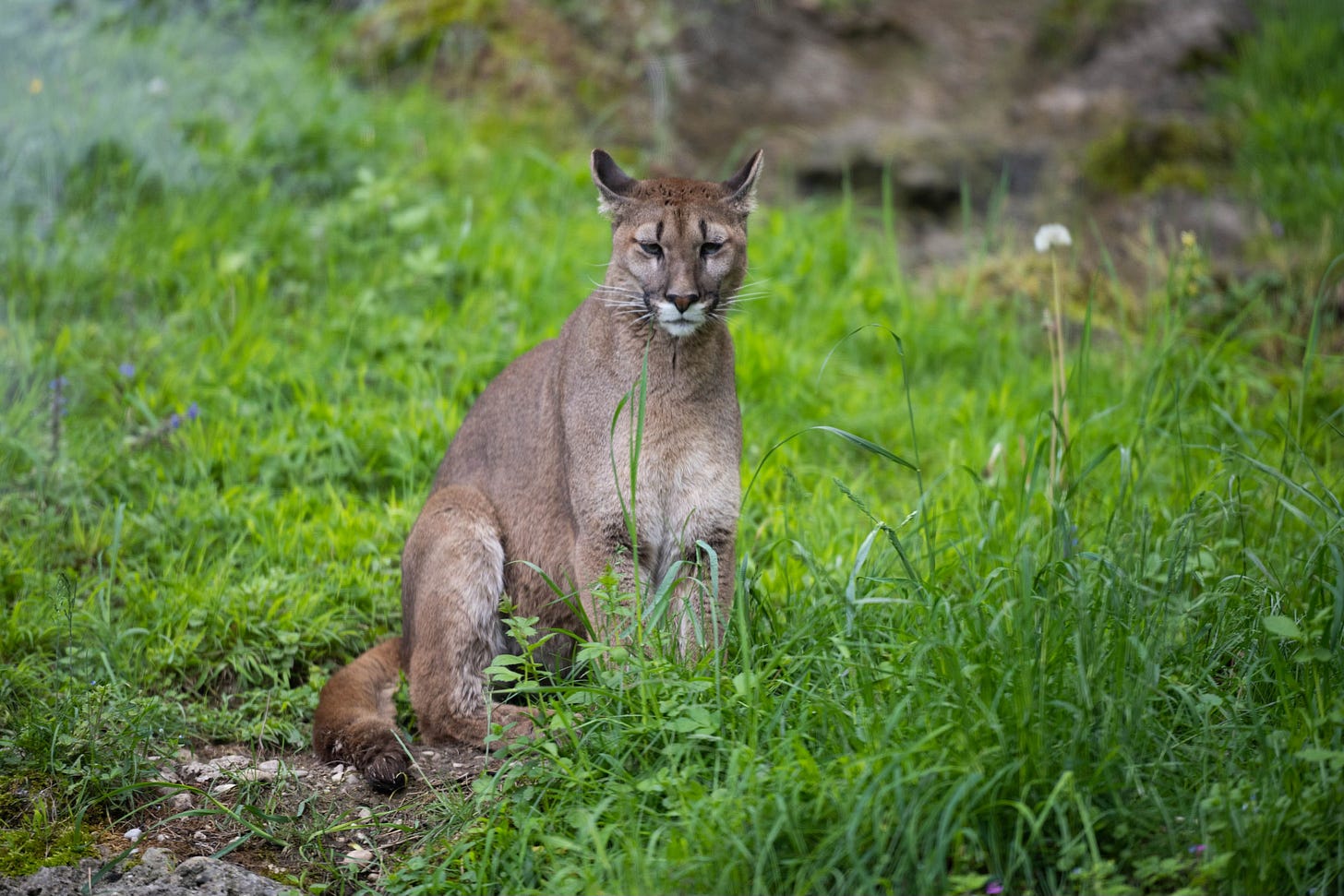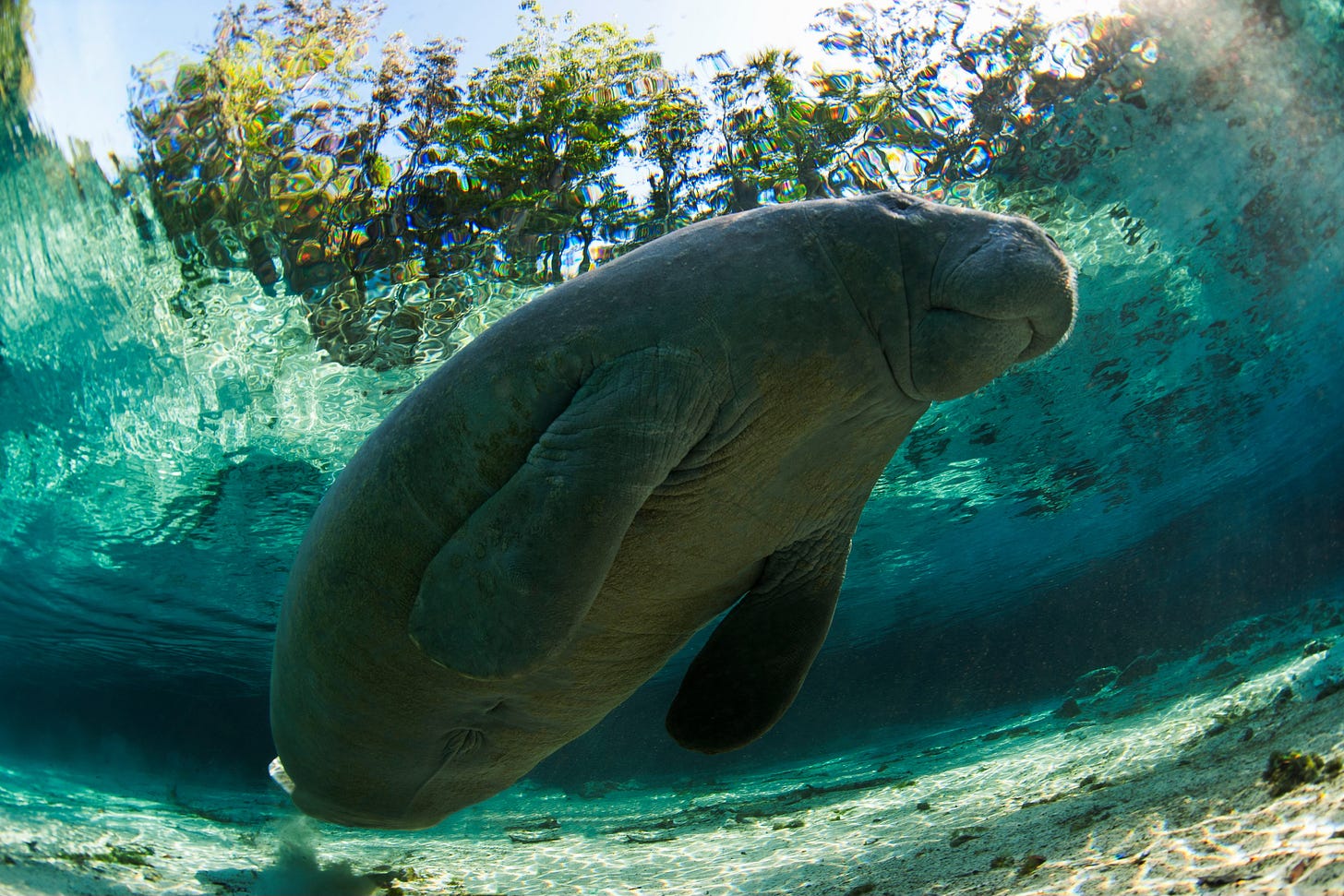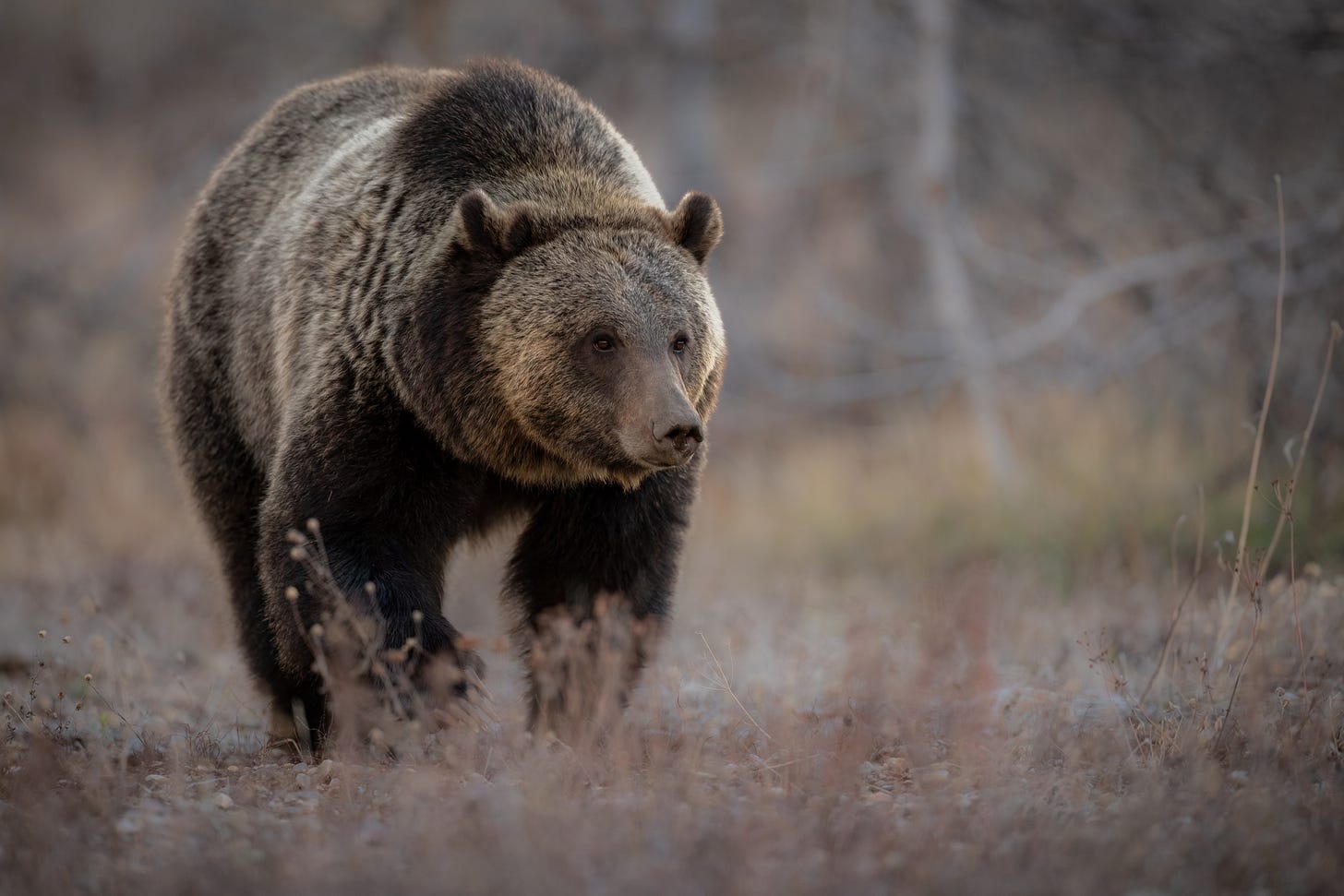National Parks are on the chopping block. (Yes, again.)
Plus a man subjects himself to hundreds of snake bites in a quixotic quest for a universal anti-venom.
By Dan Fletcher
Here is today’s audio edition!
The White House unveiled a budget proposal on Friday that would gut America's wildlife agencies and public lands system in ways we haven't seen in generations. This isn't just another round of belt-tightening—it's a fundamental reimagining of how (or whether) we protect our shared natural heritage.
The highlights—or lowlights—paint a bleak picture for anyone who cares about wildlife conservation. The plan calls for slashing at least $5.1 billion from agencies managing America's parks, forests, waters, and tribal lands.
The National Park Service would lose $900 million from its operations budget, with the proposal explicitly calling for streamlining the system. According to the budget document, they're targeting "smaller, lesser visited parks" for transfer to state or tribal governments while preserving "crown jewel parks" like Yosemite or Yellowstone. But anyone who’s traveled through many of our smaller parks and monuments knows they're often vital wildlife corridors and refuges that states simply don't have the funds to manage properly.
The cuts don't stop there. The proposal would slash an additional $158 million from historic preservation programs and another $73 million from national park construction. These reductions would severely limit the Park Service's ability to maintain existing infrastructure, let alone address the $22 billion maintenance backlog that already plagues the system.
For wildlife specifically, the Fish and Wildlife Service would see $170 million eliminated from species conservation programs. This comes at a moment when we're already struggling to protect creatures from the Florida panther to the California condor, with the Endangered Species Act also a target of rollbacks.

According to polling by Colorado College, 65% of Western state residents oppose giving states control of public lands, while 88% support current national monument designations. These cuts run completely counter to what Americans—regardless of political affiliation—say they want.
The timing couldn't be worse. America pioneered the national park idea that countries around the world have embraced – now we're considering dismantling parts of it while others strengthen theirs. Adding insult to injury is the proposed $564 million cut to the U.S. Geological Survey's research programs. USGS research provides the foundation for evidence-based conservation in America — gutting it is like removing the instruments from a plane's cockpit and still expecting a safe flight.

The proposal arrives as our parks system already faces serious challenges. Visitor services have been scaled back at numerous sites due to staffing shortages. Many wilderness rangers and park staff have resigned amid uncertainty about their positions. Conservation advocates warn these reductions are creating a cascading effect of trail closures, reduced maintenance, and the loss of institutional knowledge as experienced personnel leave the service.
Even "crown jewel" parks haven't been spared from these impacts. Some have reported significant staffing reductions that limit visitor hours and eliminate educational programs. This is particularly troubling for the gateway communities that depend on park tourism for their economies. As Rep. Gabe Vasquez noted to Inside Climate News, this is "no way to manage America's public lands."
“Americans love their national parks and want to see them protected, but this administration’s actions do not match the will of the people,” said Theresa Pierno, President and CEO, National Parks Conservation Association. “This administration is trying to dismantle the Park Service from the inside out, slashing park staff and now attempting to give away hundreds of national park sites that protect our nation’s irreplaceable history and culture and inspire and educate millions every year.”
Presidential budgets rarely become law unchanged, but they set important negotiating markers. For those of us who believe in protecting America's wild places, the message is clear: the battle for our public lands, and the creatures that depend on them, is just beginning.
Quick links! 🔗
Grizzlies are featured on the California state flag, but they still remain absent from the state. But new research suggests California could support over 1,000 grizzly bears in three regions: the northwest forest near Oregon, southern Sierra Nevada, and mountains around Santa Barbara. These iconic bears were extirpated by the 1920s but might make a comeback. A recent poll shows two-thirds of Californians support recovery efforts, though reintroduction would be a slow, deliberate process focused on remote areas.
This is a bit conservation-adjacent but I’m including it because it’s so much fun: Scientists may have found an unexpected path to developing a more universal antivenom, thanks to Tim Friede, a man who has intentionally allowed himself to be bitten by hundreds of snakes over two decades. Researchers at Columbia University studied Friede's unique antibodies and identified two that could potentially neutralize venom from multiple snake species. While the research is still in early stages — having only been tested in mice — it offers hope for addressing the approximately 110,000 global deaths from snakebite annually.





